When you go for a cruise for a first time or feel that during your previous trips you weren’t very satisfied with the way you visited the destination, you may want to equip yourself with knowledge and practical tips to plan better your next cruise adventures.
Personally, I find that having a good plan for the destination when on a cruise is vital. Sightseeing on a cruise is quite different than exploring on your own or even with traditional travel agency. Usually, you will arrive to an attraction which may be a city or a natural site for few hours only. The ship docks in the morning and remains in the harbor for specific amount of time (most often for 7-8 hours), you’re always well informed in an official leaflet distributed one day before arrival to a particular destination. This means that you need to be strict with your explorations to be back on the deck before the hour of departure. This naturally imposes limitations, you can’t stay longer to visit interesting museum which you were not aware of before, linger on a fascinating site hidden in some off beaten track corner or slowly walk around choosing perfect restaurant for your lunch or dinner. The ship departures at the specific time and won’t wait for people who are late unless you booked your experience in a form of excursion sold on the ship.
In this post I will share with you my own reflections regarding booking official excursions with the ship versus organizing a trip yourself.
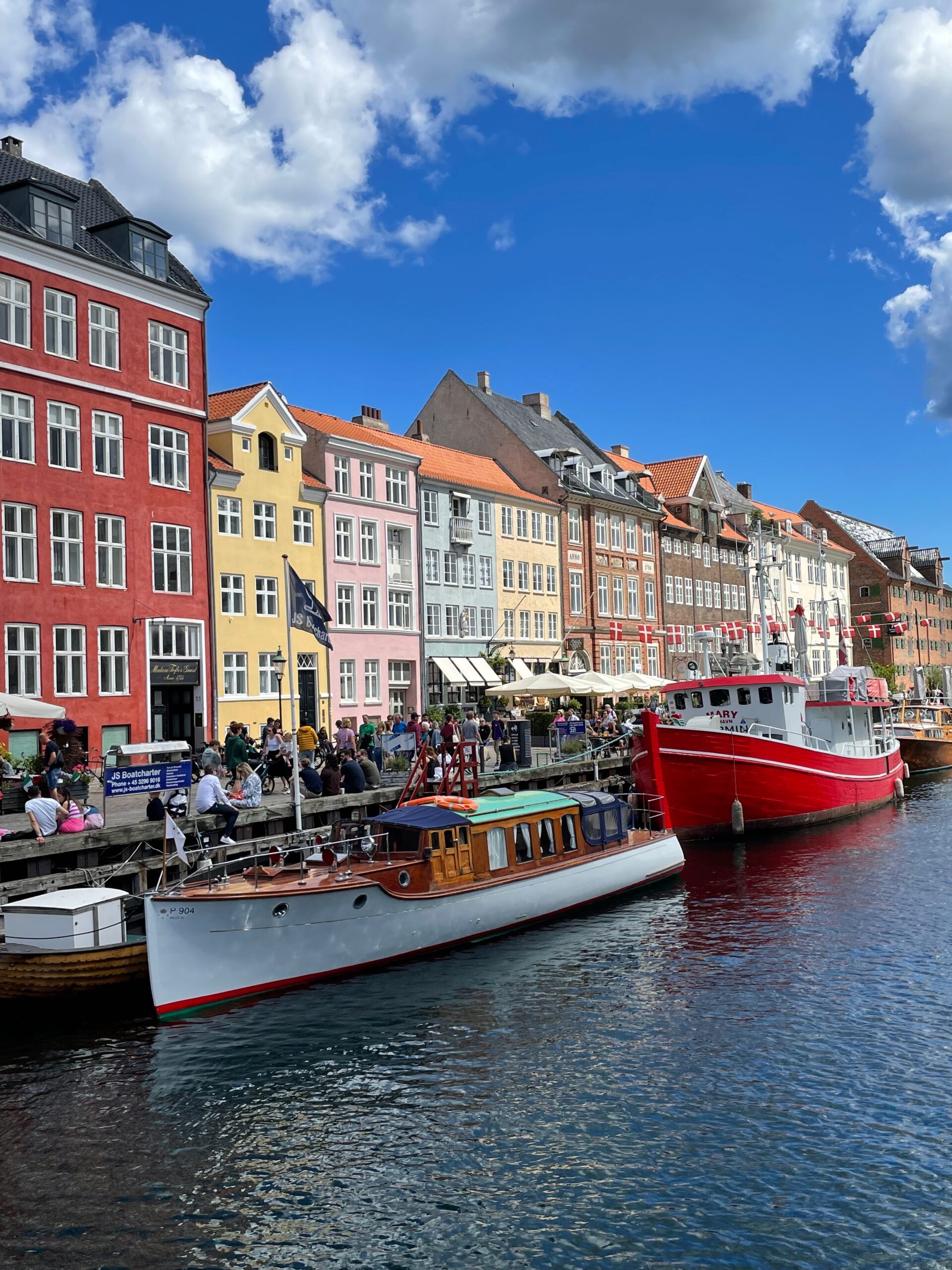 |
 |
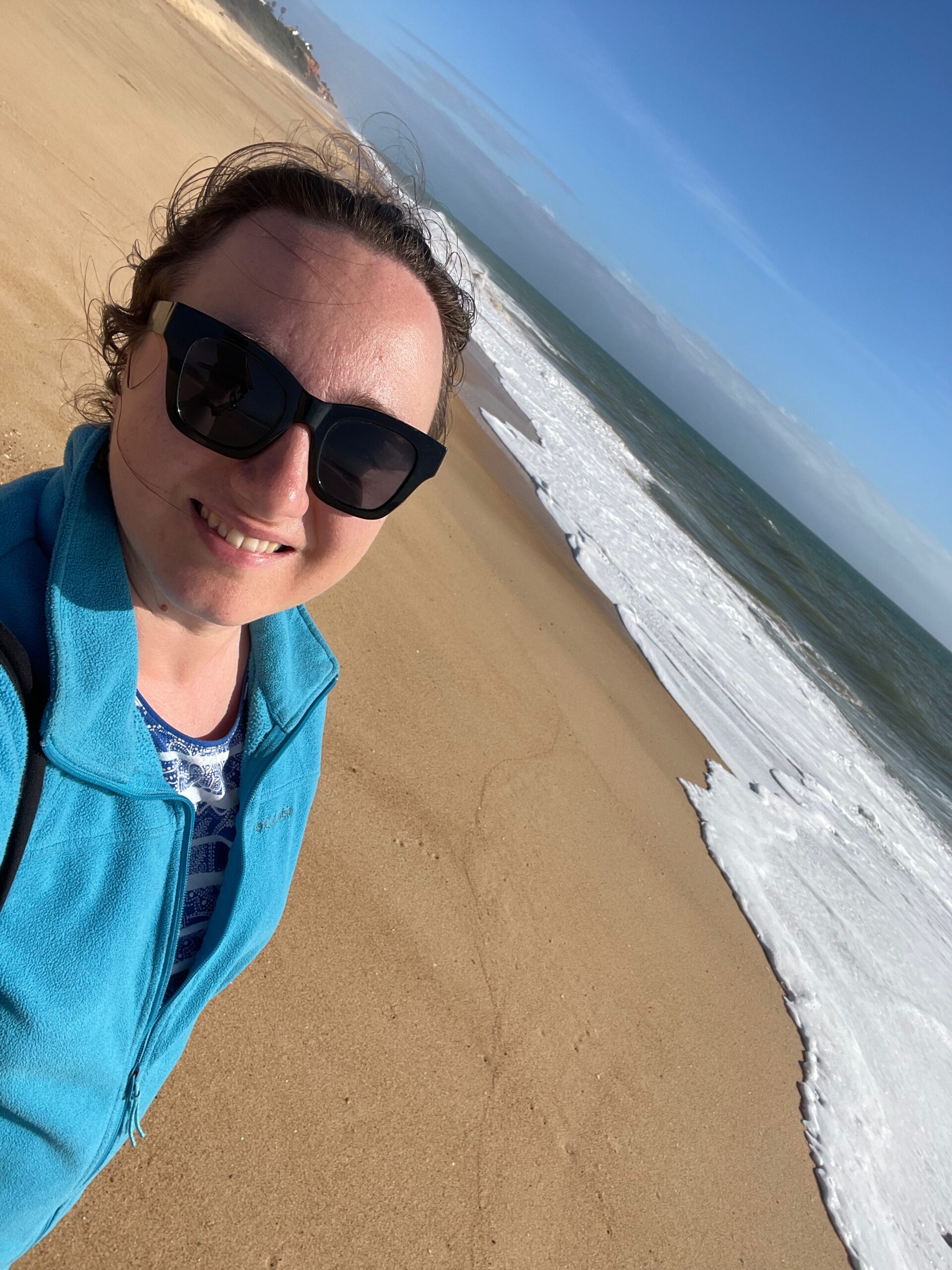 |
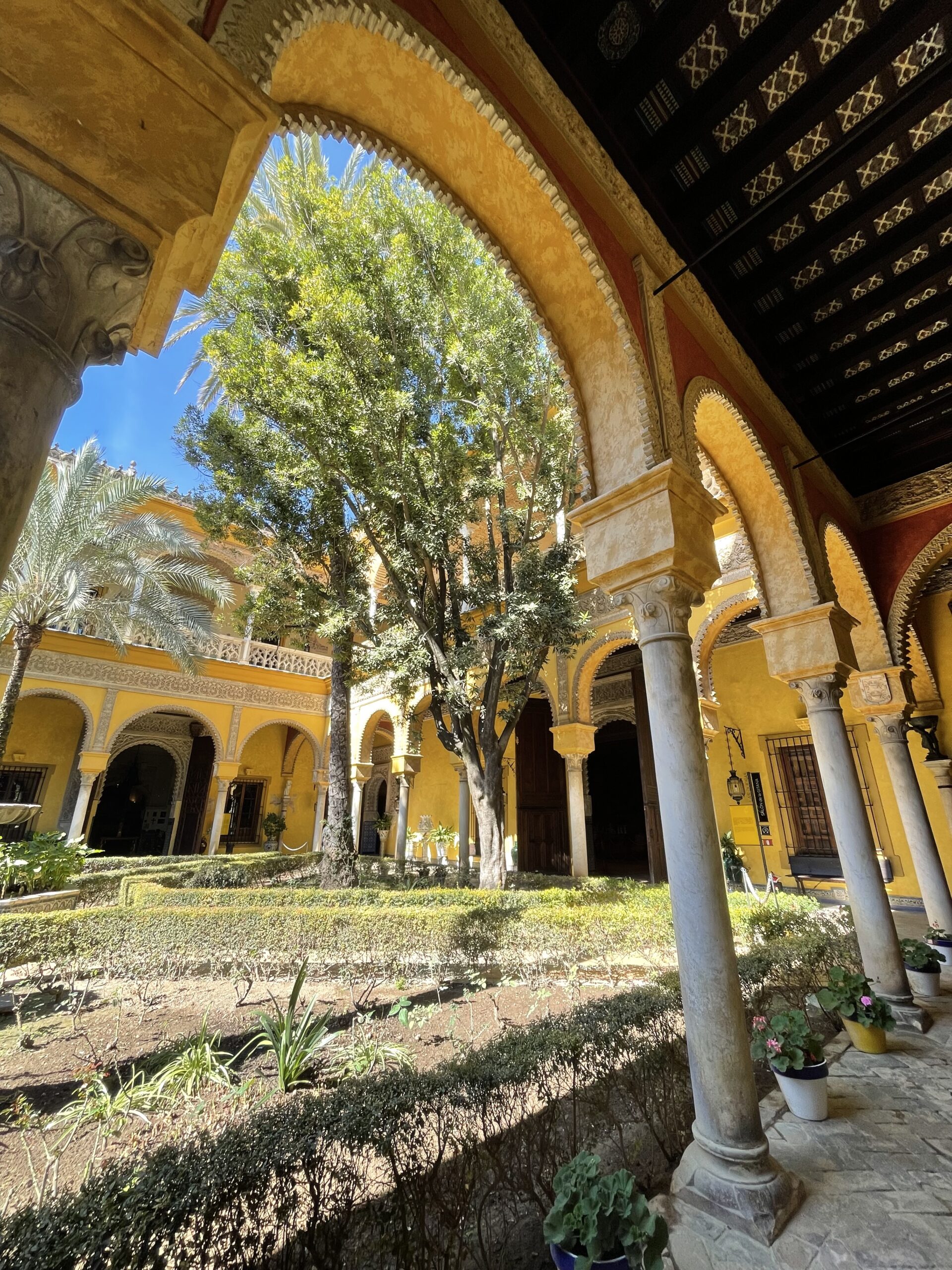 |
When booking a cruise you get a general information about its itinerary. Usually, you know in which days you will visit a particular destination as well as days spent solely at the sea. It often happens that the ship company reserves themselves a right to change some part of the schedule due to a bad weather but such situations occur rarely. After making your purchase normally you get immediate access to your cruise management system where you can add services and most importantly book your excursions for each destination where the ship stops.
- I suggest looking into your itinerary and destinations included in your cruise shortly after making a reservation. This will give you time to analyze your options and choose optimal way to sightsee each of places you will arrive to.
- Even if you don’t plan to book official tours I suggest looking at the offer in your cruise management system. Every excursion has brief description which will give you an idea about interesting places and activities at your destination. You can use this information and then organize your own trip.
What are the advantages of the organized tours?
The official excursions offer you a certain level of comfort. As mentioned before, the ship arrives and departures at the particular hour and the vessel doesn’t wait for people who did not return on time. The cruise is waiting only for the groups which take part in the official excursion. This is very useful especially if you want to explore place which is quite far from the harbor, especially remote natural sites (more than 100km away) or do some sport activities like hikes, snorkeling, canoeing, etc. In such cases the delays can occur quite naturally and I think that for such types of experiences it’s best to do them with an official excursion to be sure you are back on time.
Another advantage is that you don’t need to do much research before your cruise. All you need to do is to check the offer in your management system and purchase the tour which is the most attractive for you. Note that the earlier you book, the cheaper the excursions tend to be so it’s wise to not wait until last moment to make your reservations. The similar rule applies to buying additional services and packages available on the ship (internet package, wellness programme, etc.). Also, the most popular tours can be sold out few days before departure so if you’re sure you don’t want to discover some places on your own, don’t wait too long.
A very big pro of an official tour is that your place for popular attractions is guaranteed. This can be an issue especially if you take part in an experience with limited capacity or number of places. Often when you arrive to very small town or a village, the infrastructure is not adjusted to large number of tourists coming at once at the same time. This may apply to entrances to the museums, cable cars, train, bus or ferry tickets among many other attractions with limited numbers of entries. With a tour you avoid risk of not doing things because they’re sold out.
Organized excursion can also be a good choice for people who are not experienced travellers and are very stressed to be lost or not return on time. If you don’t have much experience in traveling abroad and you don’t know how to organize your day on your own, you can consider a tour to make sure you will see the most noteworthy sites at each destination.
What are the downsides of official excursions?
There is of course price to pay for convenience which offers the official tour. The trips organized official subcontractors hired by the ship’s company are from my experience more than twice more expensive than with local operator or done on your own. I often saw even a simple walk around the old town of visited city (with harbor with a docked vessel just few hundreds meters away) to be quite pricey whereas an easy stroll on your own would cost you nothing.
Apart from high costs, the organized excursions are not tailored-made and offer rather generic experience, you have no opportunity to see more places or make an extra stop if something interests you. You need to stick to general agenda with little space for flexibility.
Another downside is that you sightsee in a group which means queues, rush and worse possibilities to take pictures which can be particularly painful if you’re an avid photographer.
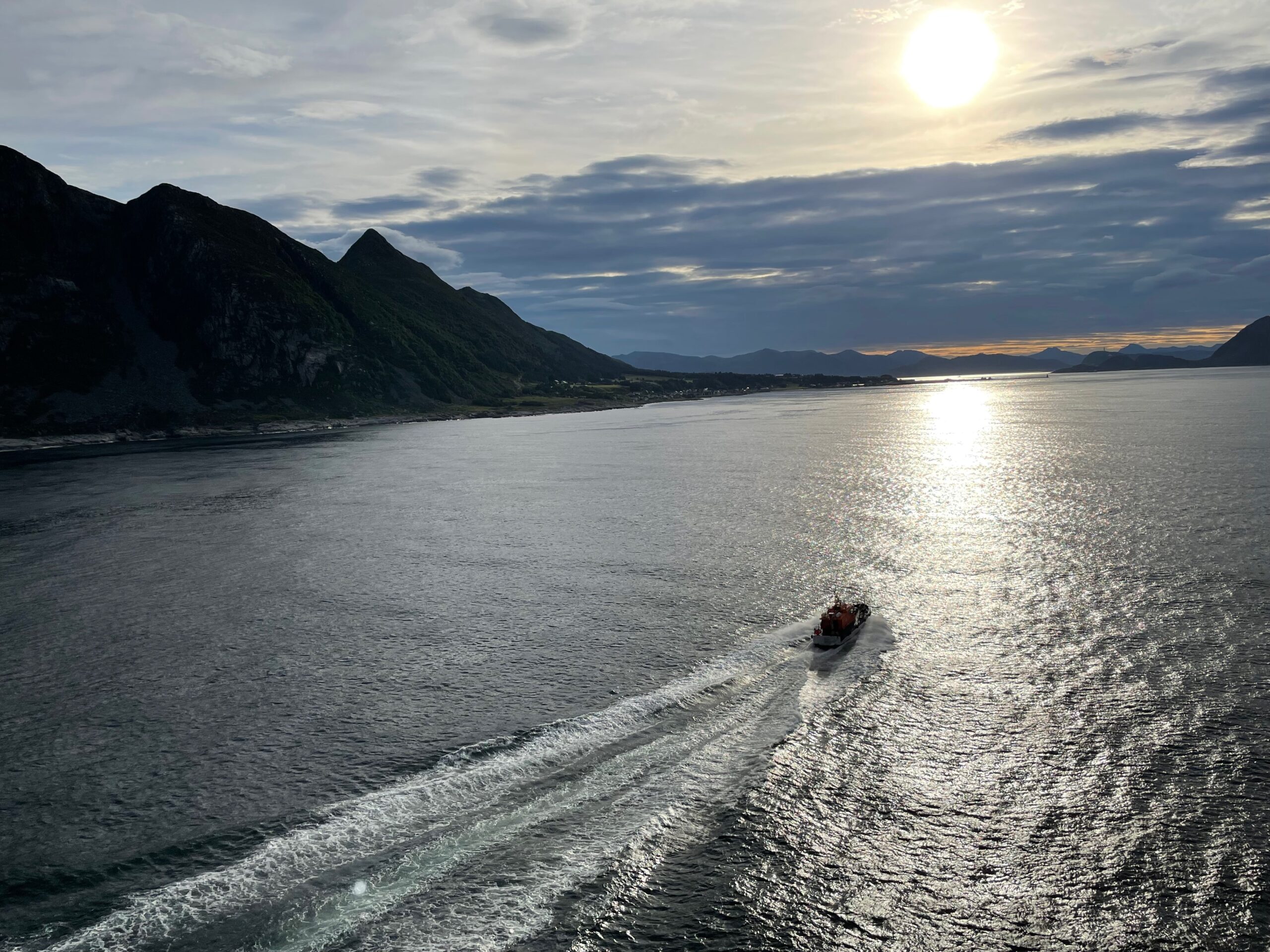 |
What are the advantages of discovering a destination on your own?
The cities or natural sites which are located close to the harbour can be perfectly visited on your own. Well-arranged itinerary corresponds to your preferences and allows you to discover the place in the most interesting way for you. You can explore the attractions at your pace, spend more or less time at the particular attraction depending on engaging you find it.
Self-organized tour is almost always significantly cheaper (often more than twice) then official excursion. When checking the programme offered by cruises I was surprised how costly can be for instance guided tours in the cities with a harbor close to the city center. In such cases the exploration on your own is free, the only costs would be entrance fees to museums or historical sites which you need to pay on official tours too. Similarly, even for more remote destinations travelling by public transport (or even rented cars) is also more budget friendly than organized tour. However, in case of remote trips you need to plan your day very carefully to make sure come back on time on a ship. Study well the schedules and allocate some extra time for unexpected delays.
If you’re inexperienced traveler but still don’t want to participate in an official tour, you can opt for a local guide. You can search for local tour operators online and arrange the itinerary with them. This can be still less pricey option than official tour, if you will choose an individual excursion or in a small tour it is easier to include places which are interesting for you but not offered in an initial plan. Always inform the guide that you are part of the cruise, normally the local operators are used to such guests and ensure to adjust the trip to the hours you spend at the destination. Note however, that only official tour guarantees that the ship will wait for you so always watch your time since it’s you who is responsible for returning on board before the vessel’s departure.
Another advantage is that when sightseeing on your own will allow you to avoid crowds and queues. An organized tour has a specific agenda and all participants do the same things at the same time. When exploring alone you can skip the most crowded places and return later to enjoy beautiful natural sites in tranquility, stop for unobstructed pictures without the crowd of tourists in the background, choose the restaurants and souvenir shops which correspond best to your preferences.
On your own it is easier to adjust sport activities to your skills and fitness level. Doing hikes or snorkeling in a big group can be tiring and frustrating.
The individual explorations give also more opportunities to observe and interact with locals, discover interesting places not mentioned in guides or do things related to your hobbies.
What are the downsides of the independent sightseeing?
The biggest disadvantage on self-organized trips when on a cruise is risk of not returning on time when planned badly (or being unlucky). The ship does not wait for passengers who are late even if the cause of delay is independent from you (broken car, bad weather, not working service, etc). In such situation you need to get to the next port of call on your own, you will also need to cover all the costs of such journey. When you know you wan’t return on time , contact your cruise ship as soon as possible, the contact number is usually written on the boarding card. It may be possible that the ship will wait for you or they can at least give you instructions and practical tips how to catch up and get to next port of call for the next destination.
The independent tour can limit what can you do and see in given destination. Since some attractions can be too remote to be sure to be back on time, the self-organized trips may thus restrict your activities to the ones which are simpler to control in terms of time duration.
Another problem is that some attractions/experiences can accommodate only limited number of participants. Official tours book the time slots in advance which in case of limited capacity/infrastructure will result in tickets being sold out. This happens especially in smaller towns and villages which are not ready to receive thousands of visitors at once. This is why it is important to check all the ports of call and what can you do there so you can book the activities on time.
Independent trips need to be planned ahead of the cruise, you will need to allocate sufficient amount of time to study the programme and find interesting places. Some attractions require a reservation well in advance. You may need to contact the local facilities, knowledge of English or the visited country’s language being useful in such situations. All the planning can be challenging if you don’t have much time or are inexperienced traveller.
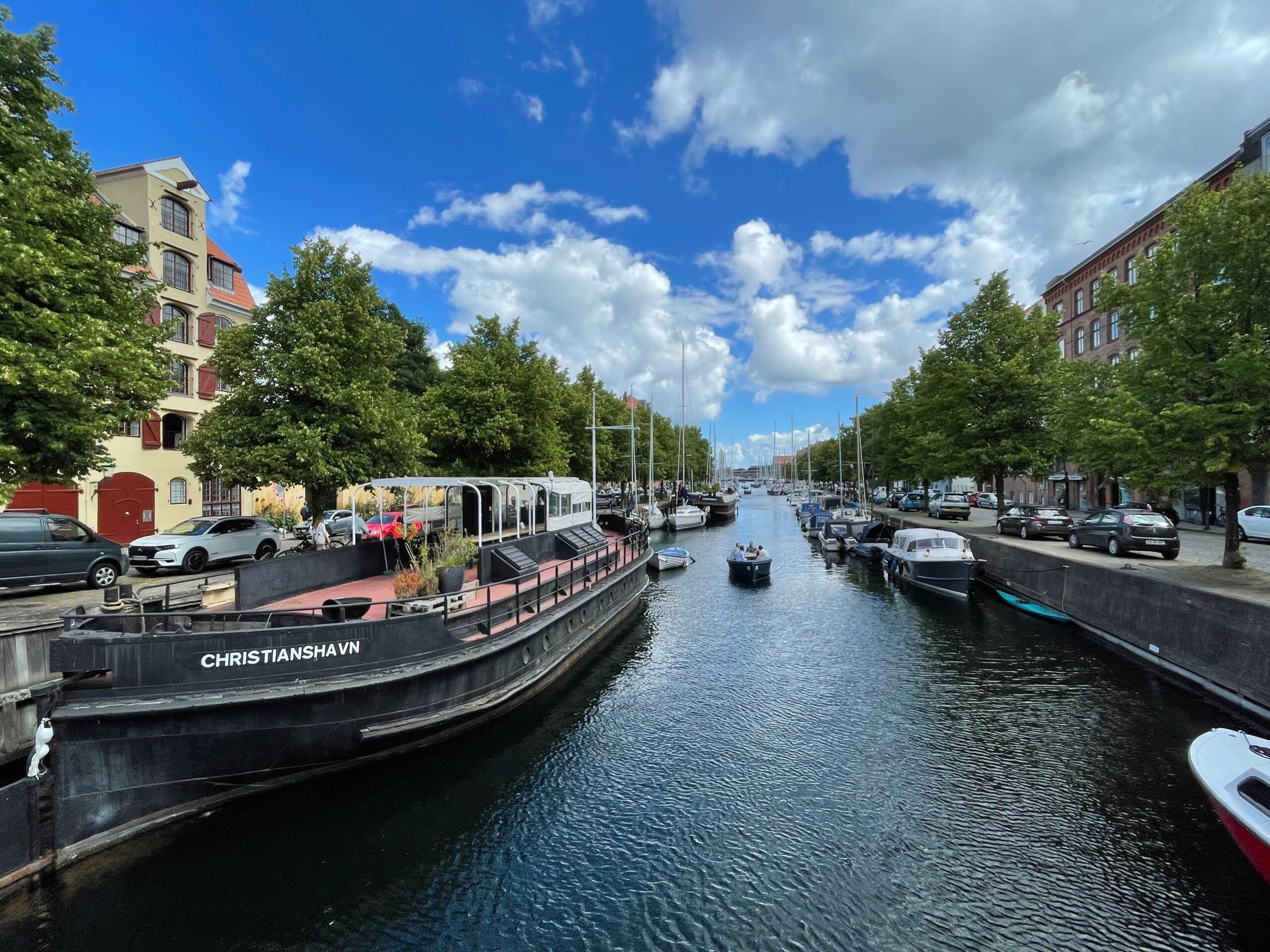 |
General advice
Whatever your approach to excursions is, it’s best to study the cruise’s itinerary before the departure and decide about the organized and independent trips ahead. The short research will allow you to estimate which places are doable on your own and which are simply too tricky. From my experience during a cruise you arrive to both types of places and it’s best to mix – some destinations do with a tour, some yourself. Note that when you decide on the way you want to explore certain place you can book the excursion in advance which is cheaper than regular price, I also suggest checking out the destinations which you will explore on your own, the internet on the ship is often slow and planning your visit one day ahead may occur very inefficient and sometimes even impossible.
Note that each day you get a schedule with arrival and departure hours for the destination visited next day. If you plan to explore on your own, carefully study this information and make adjustments to your own itinerary if necessary.
Finally, for those who don’t want to spend all the day on excursions, you are free to leave and return to the ship whenever you wish within the hours when the vessel is docked in the harbour. Guests are also allowed to stay on the ship for entire day if they don’t want to sightsee the destination. The ship’s facilities run normally (pools, gyms, restaurants), also many paid services and shops have discounts this time since there is less customers around than during the days spent entirely at the sea.
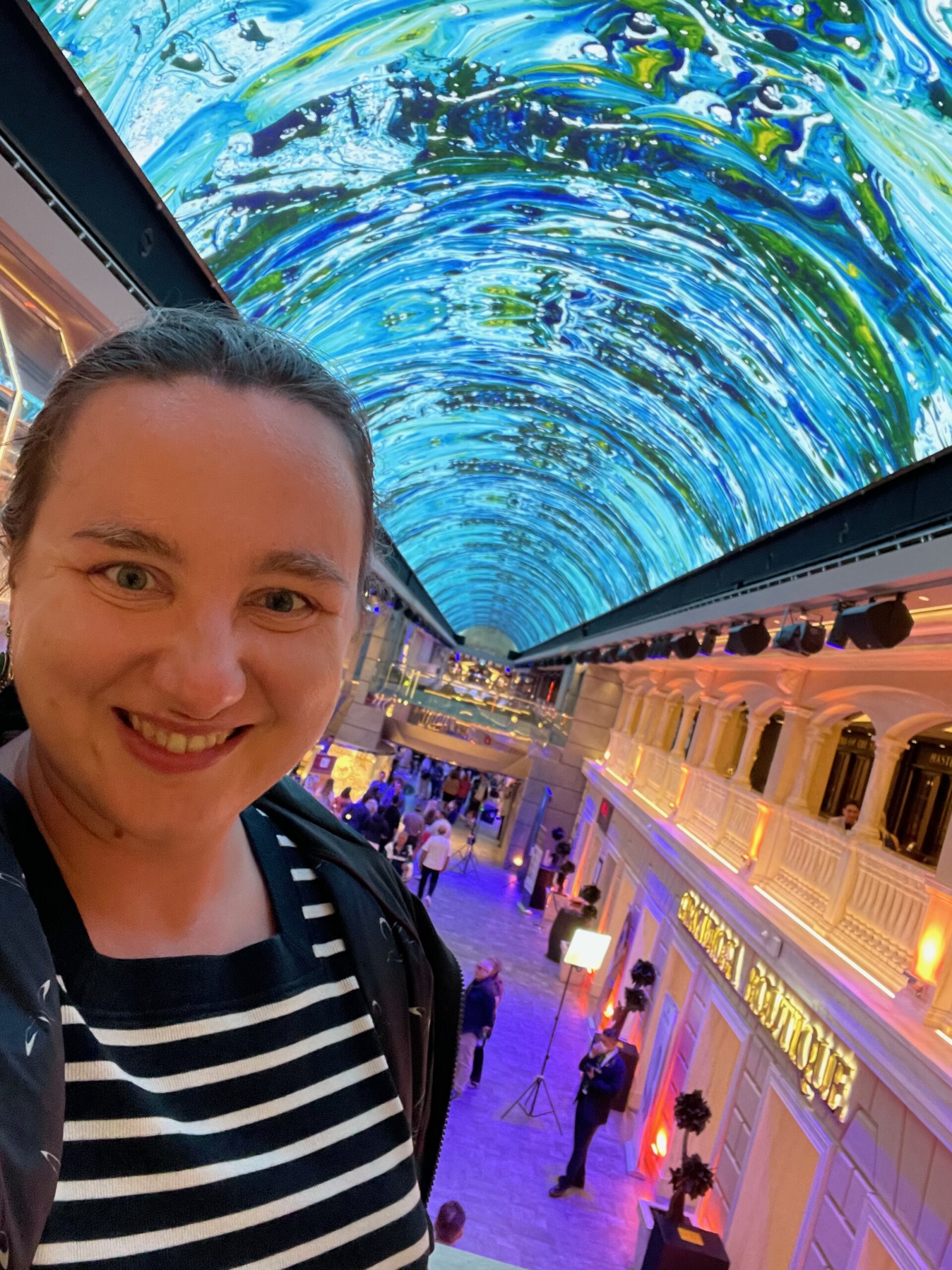 |
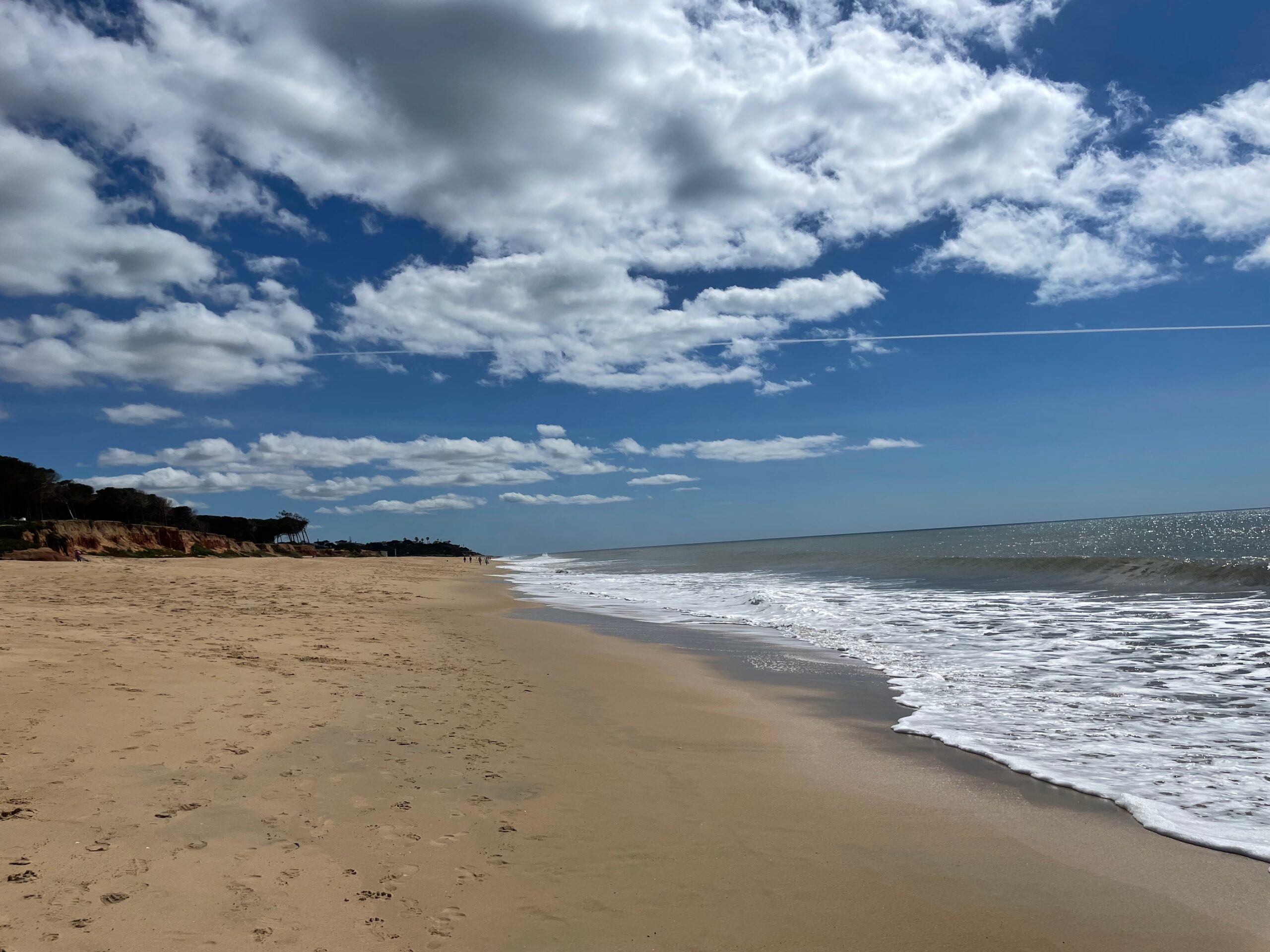 |
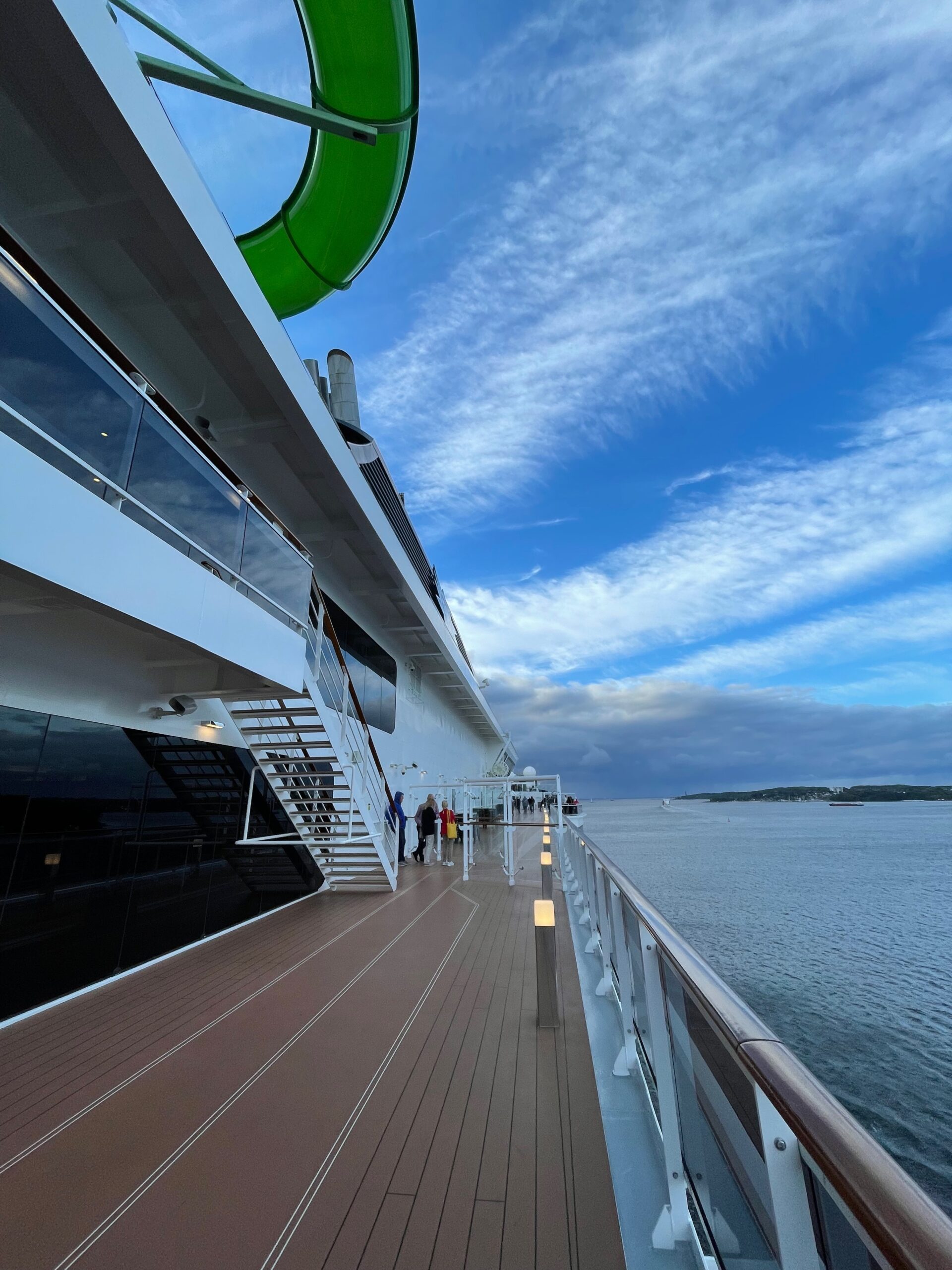



Interesting remarks, I always was thinking which destinations are best to visit on a cruise. We though to go to few Caribbean islands since we’ll be calmer is safe and for convenience to not to change hotels many times when seeing different places.
But Scandinavia looks also reasonable from the financial perspective, I need to look at the Northern European cruises too 🙂